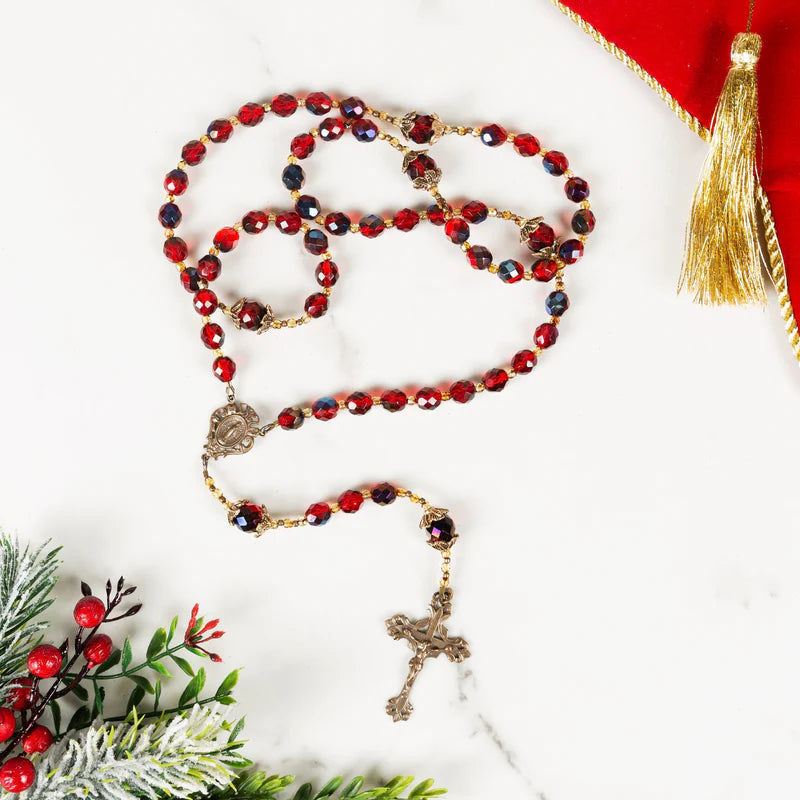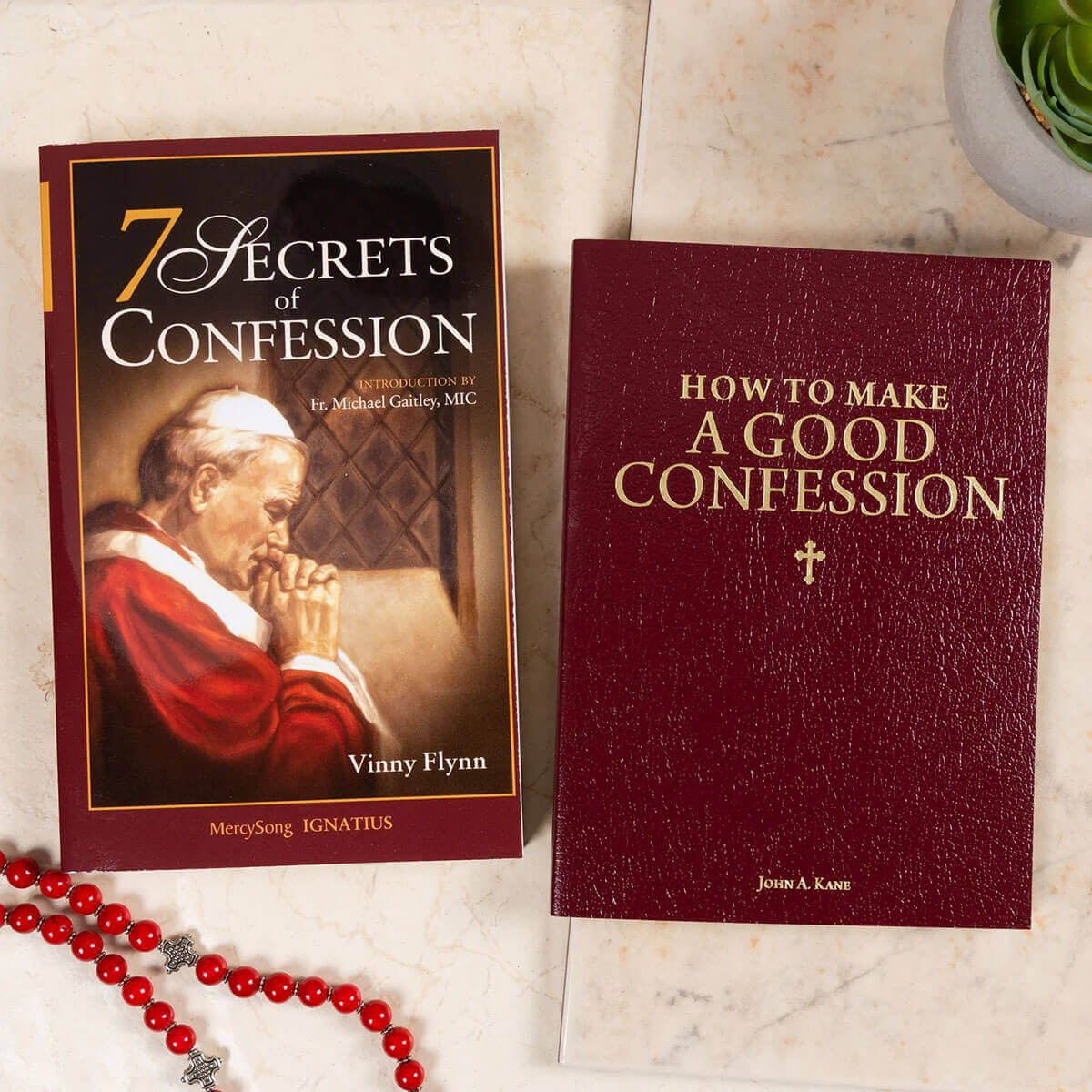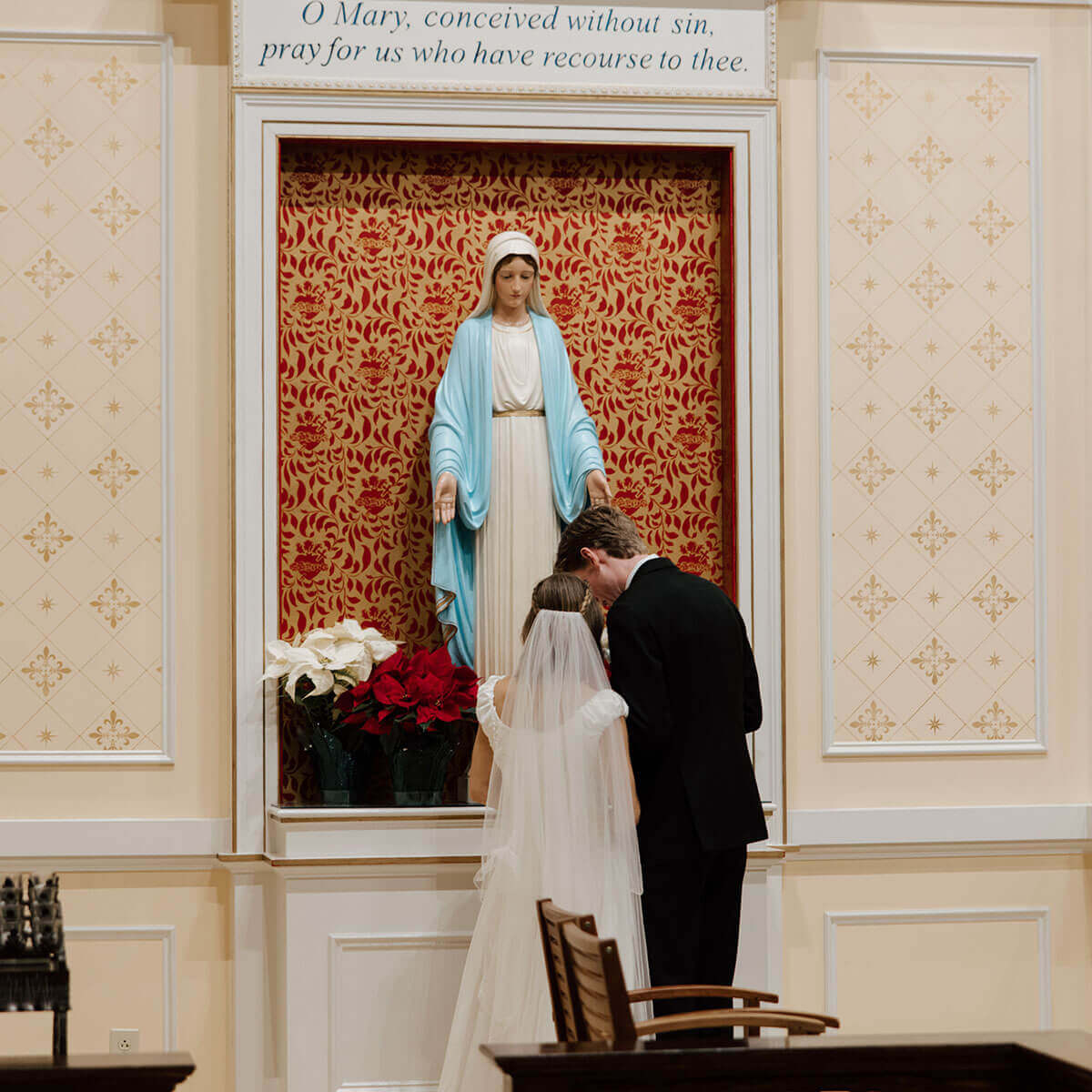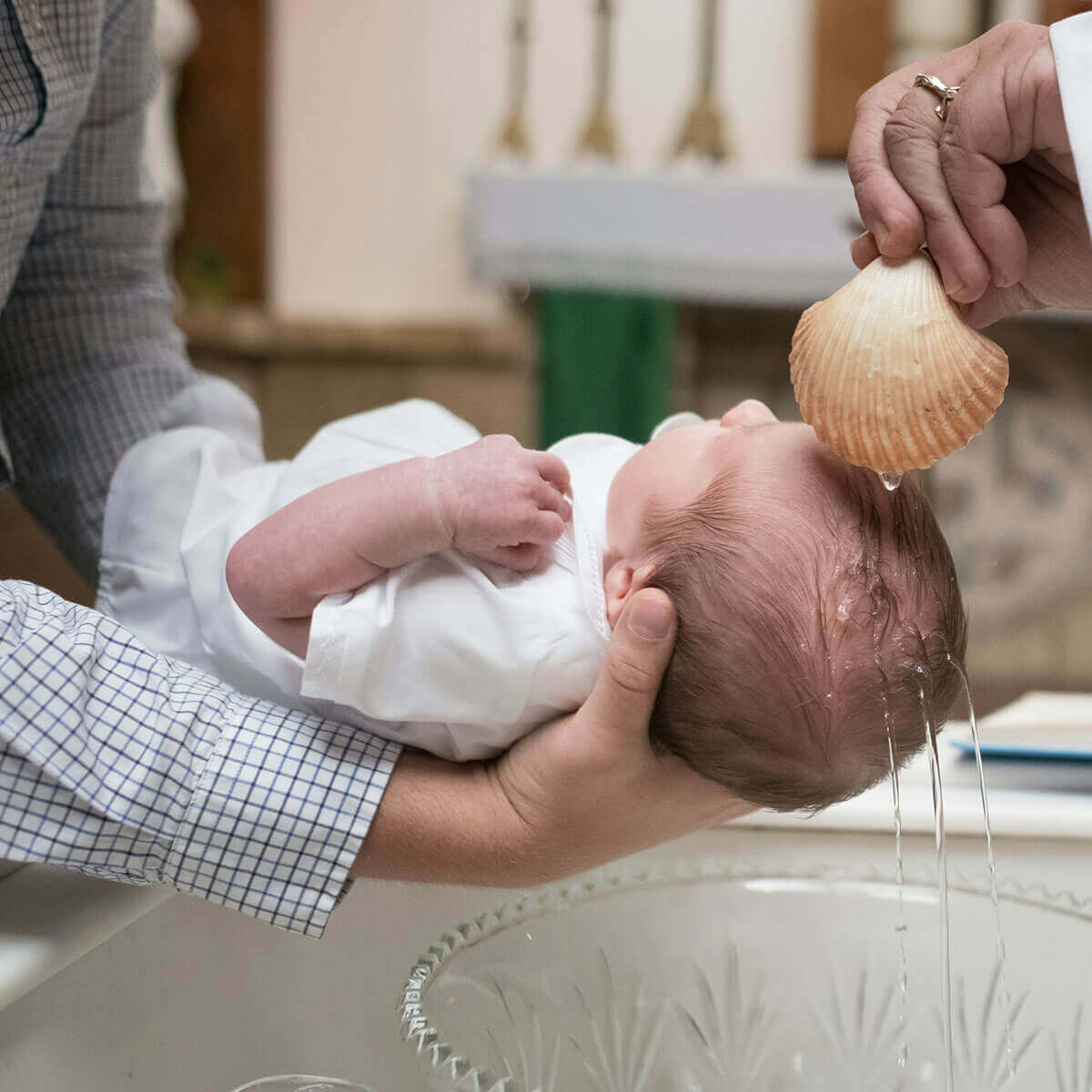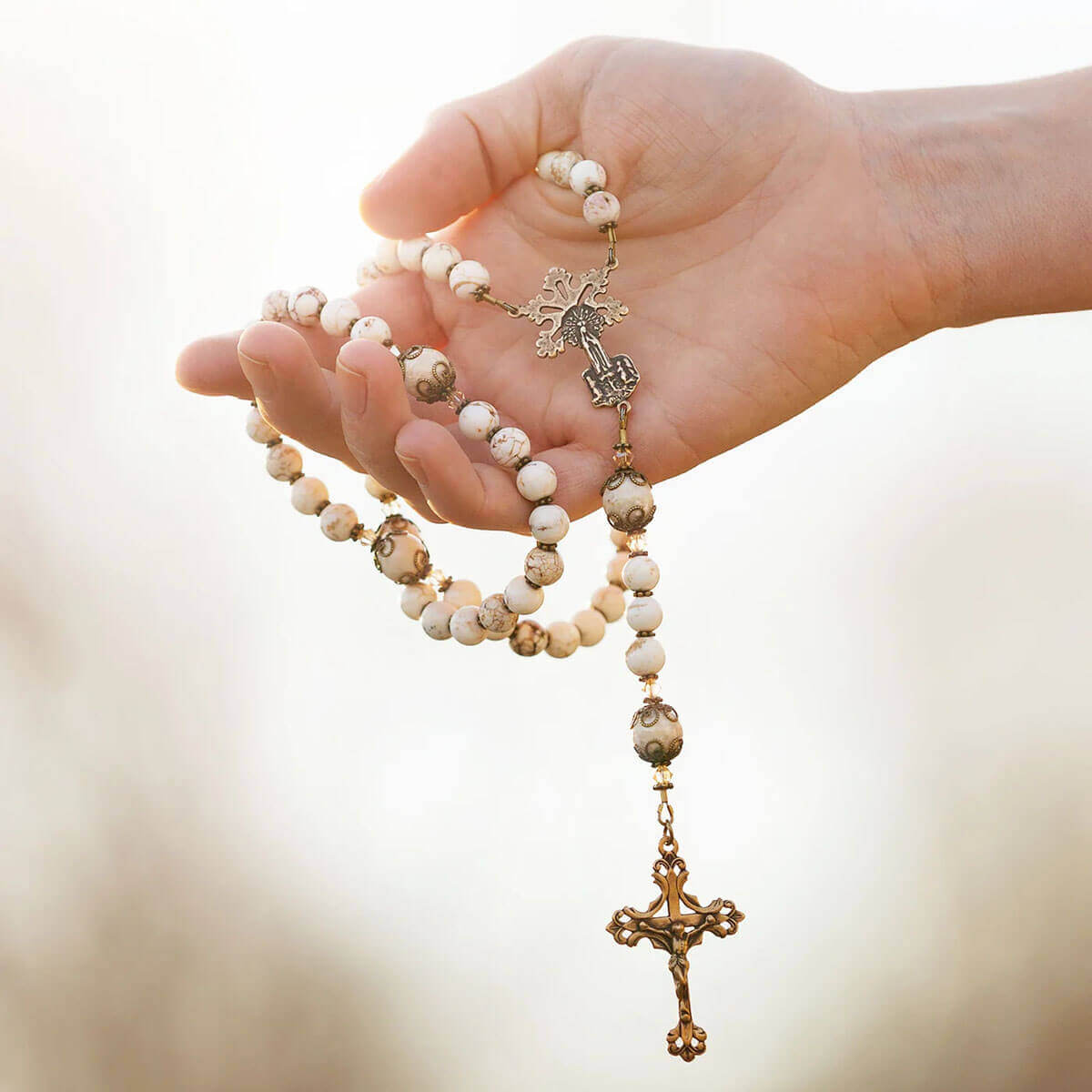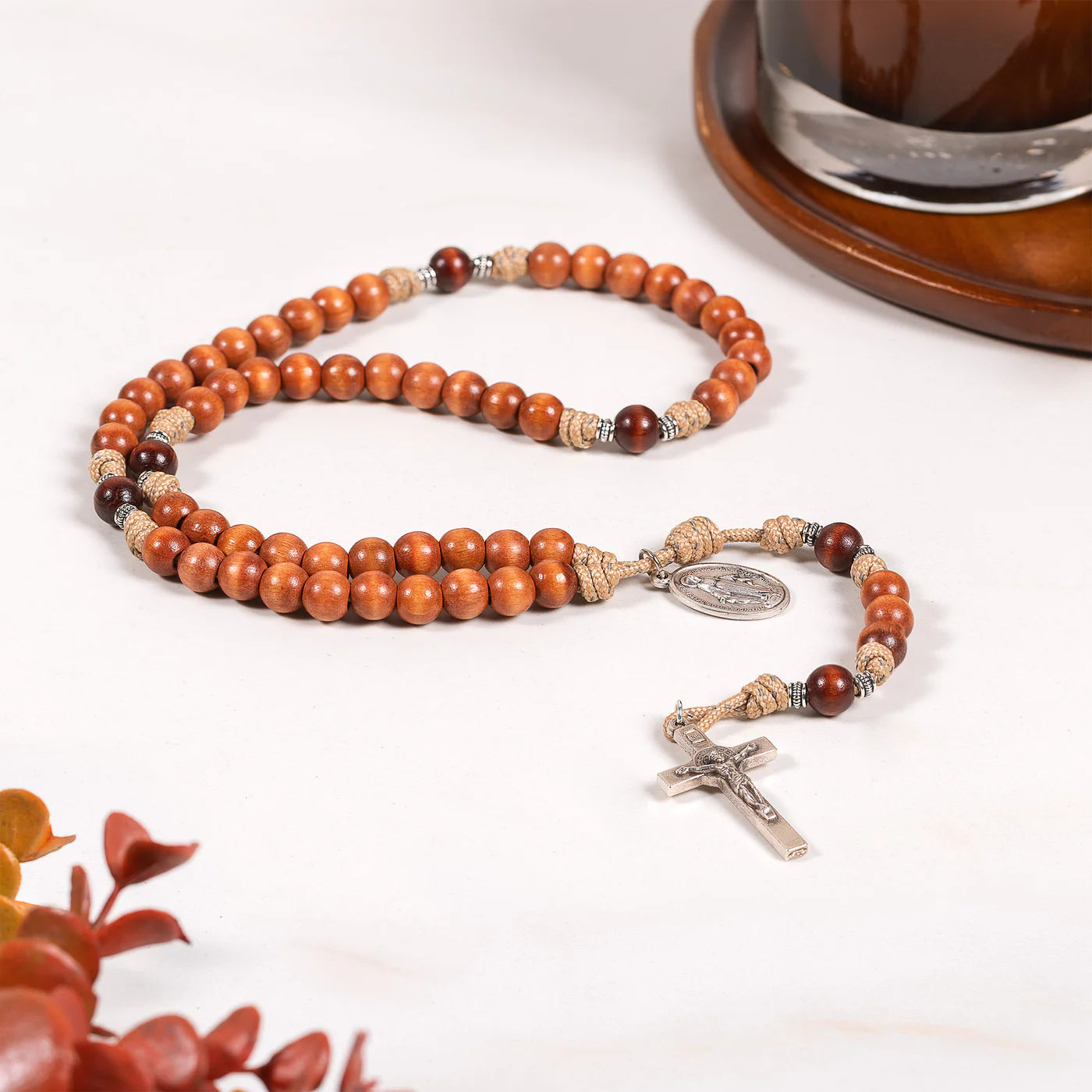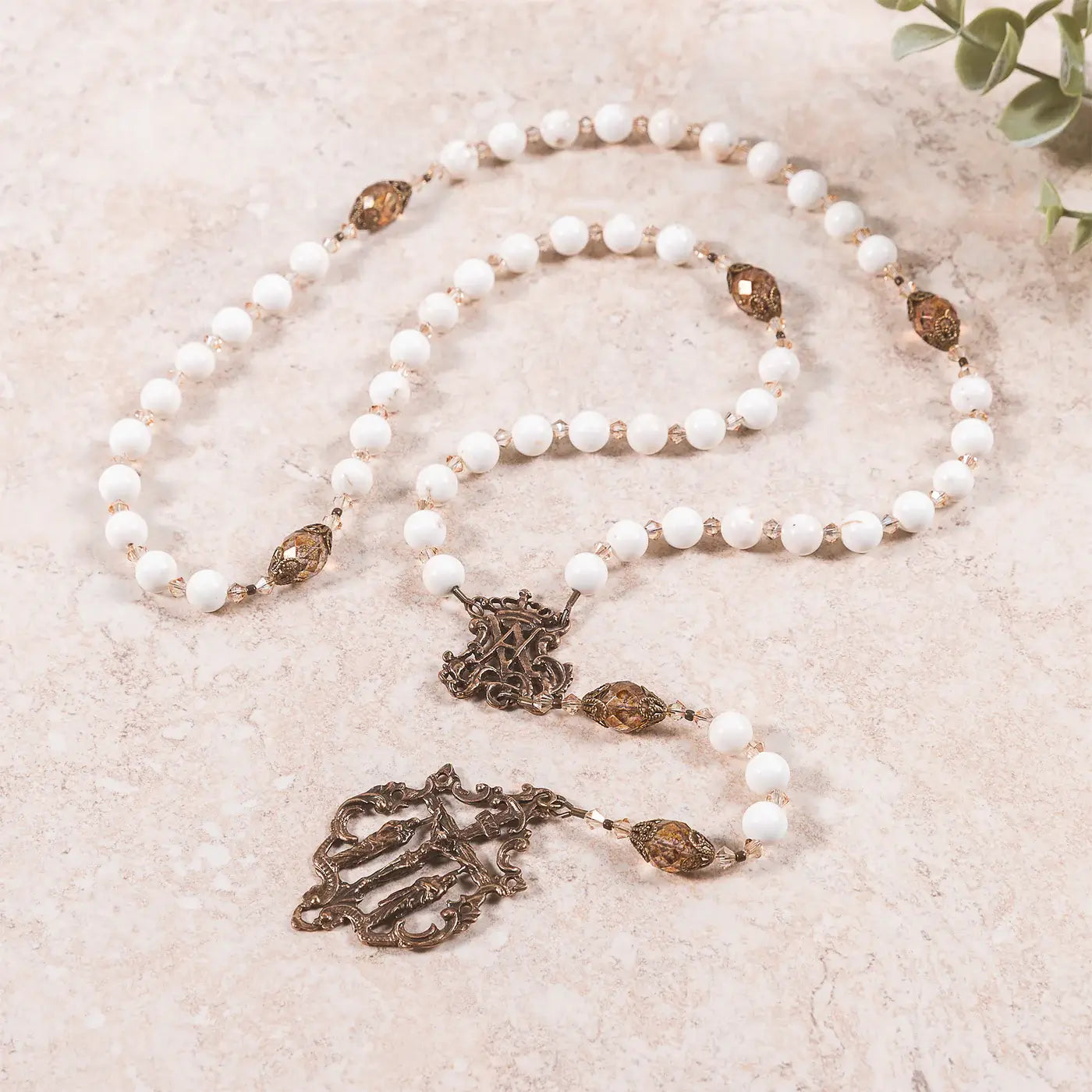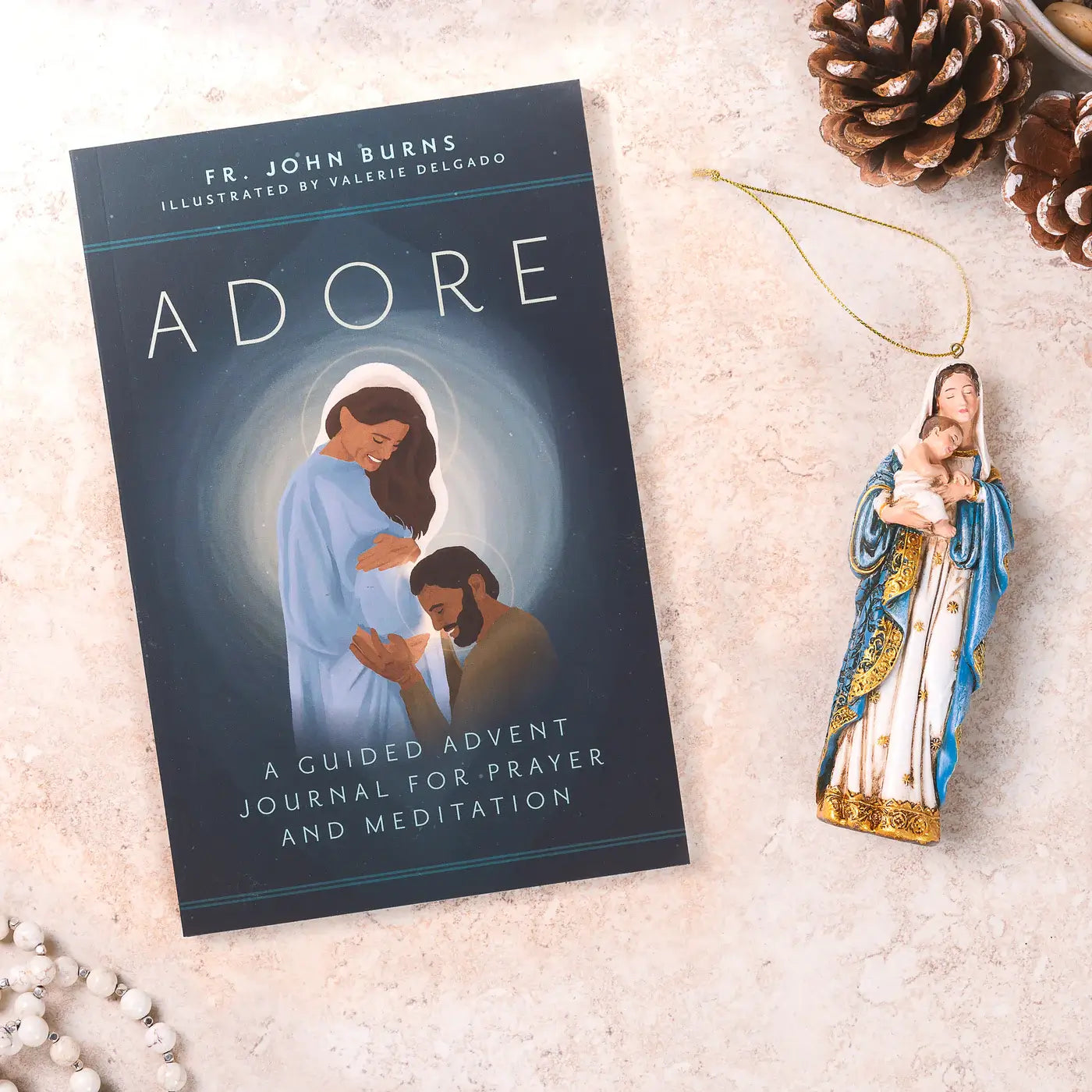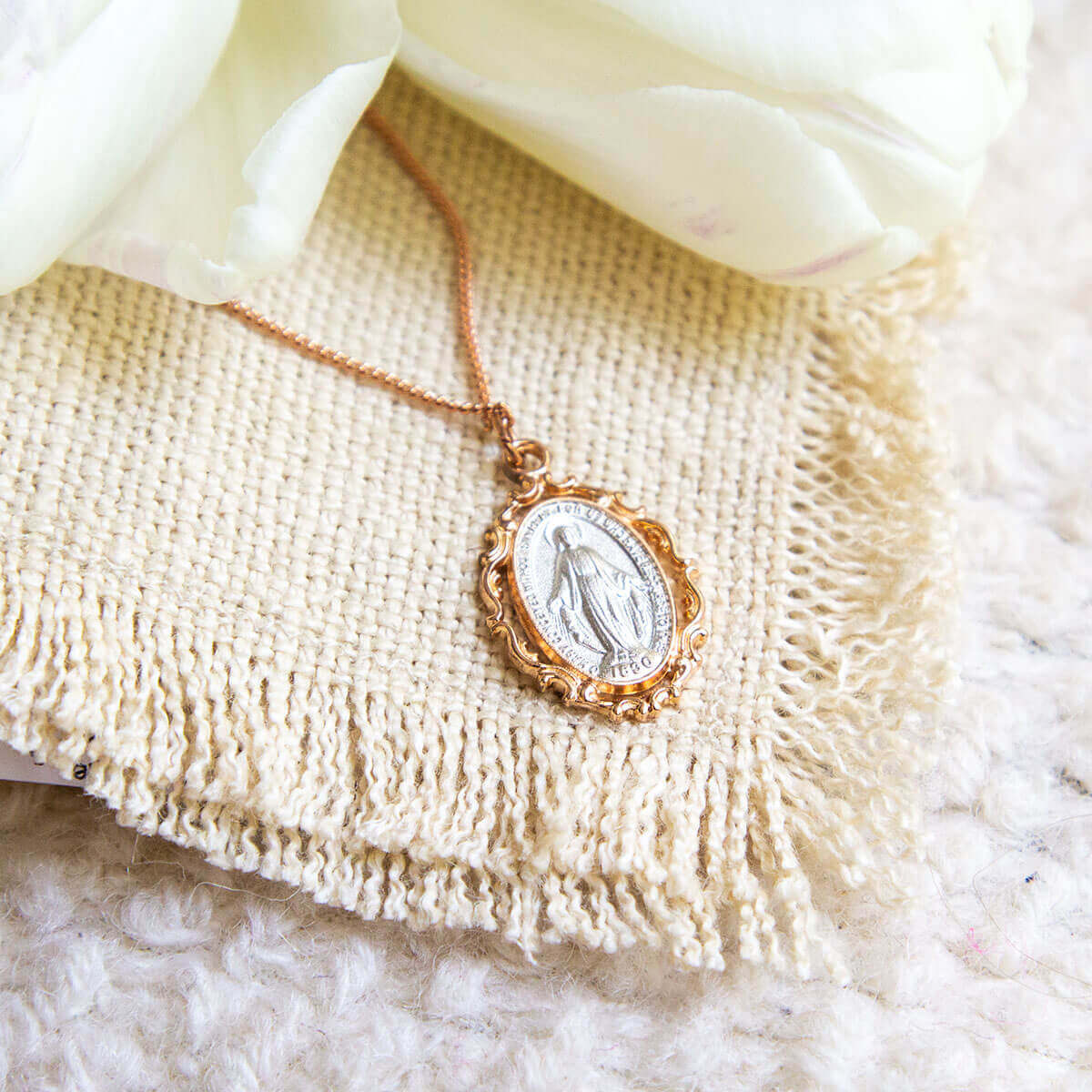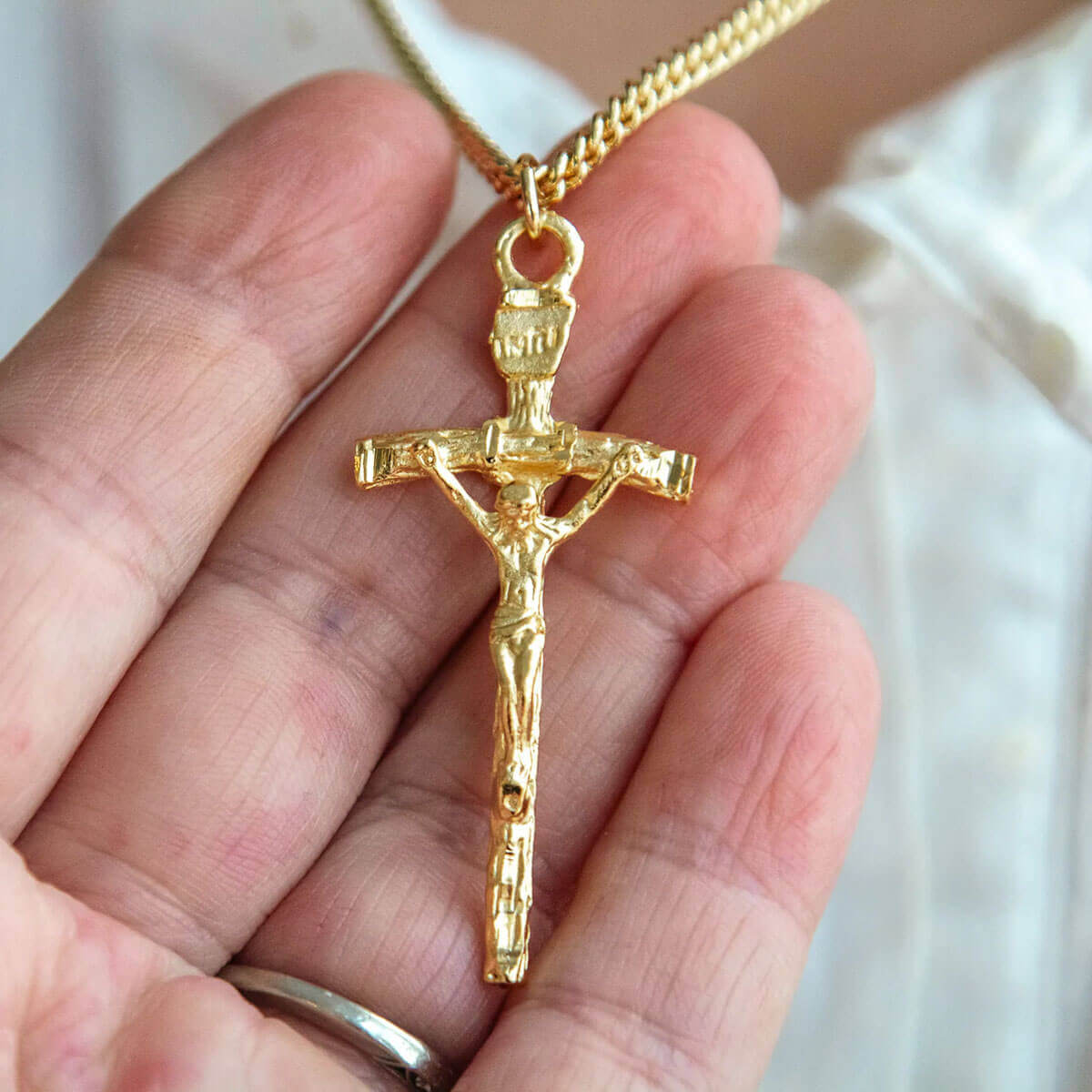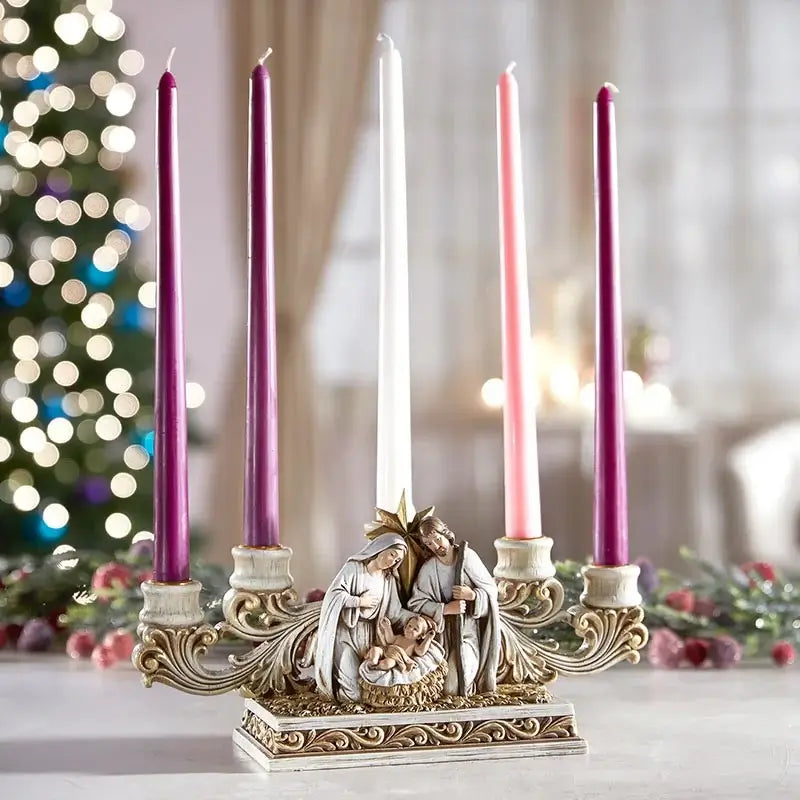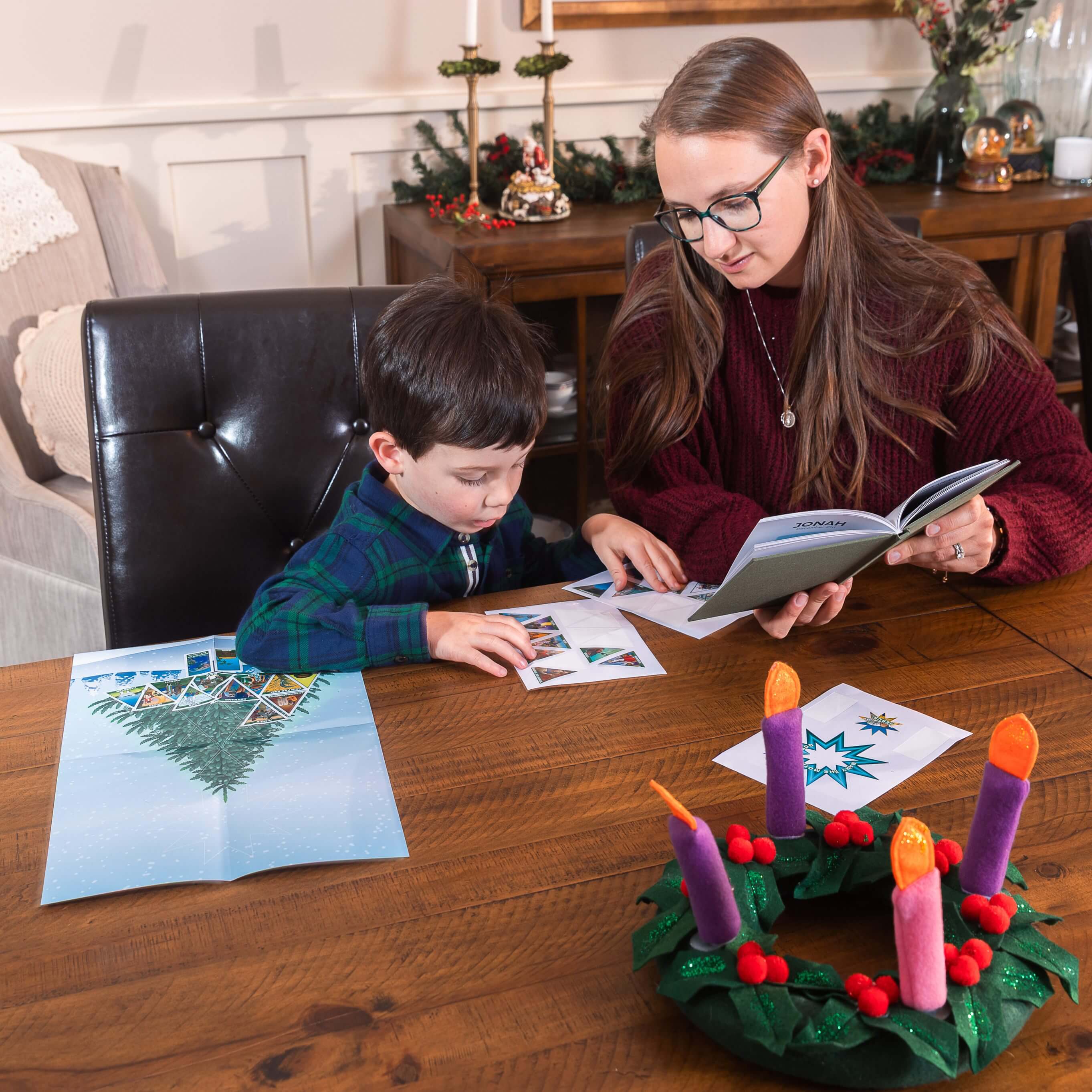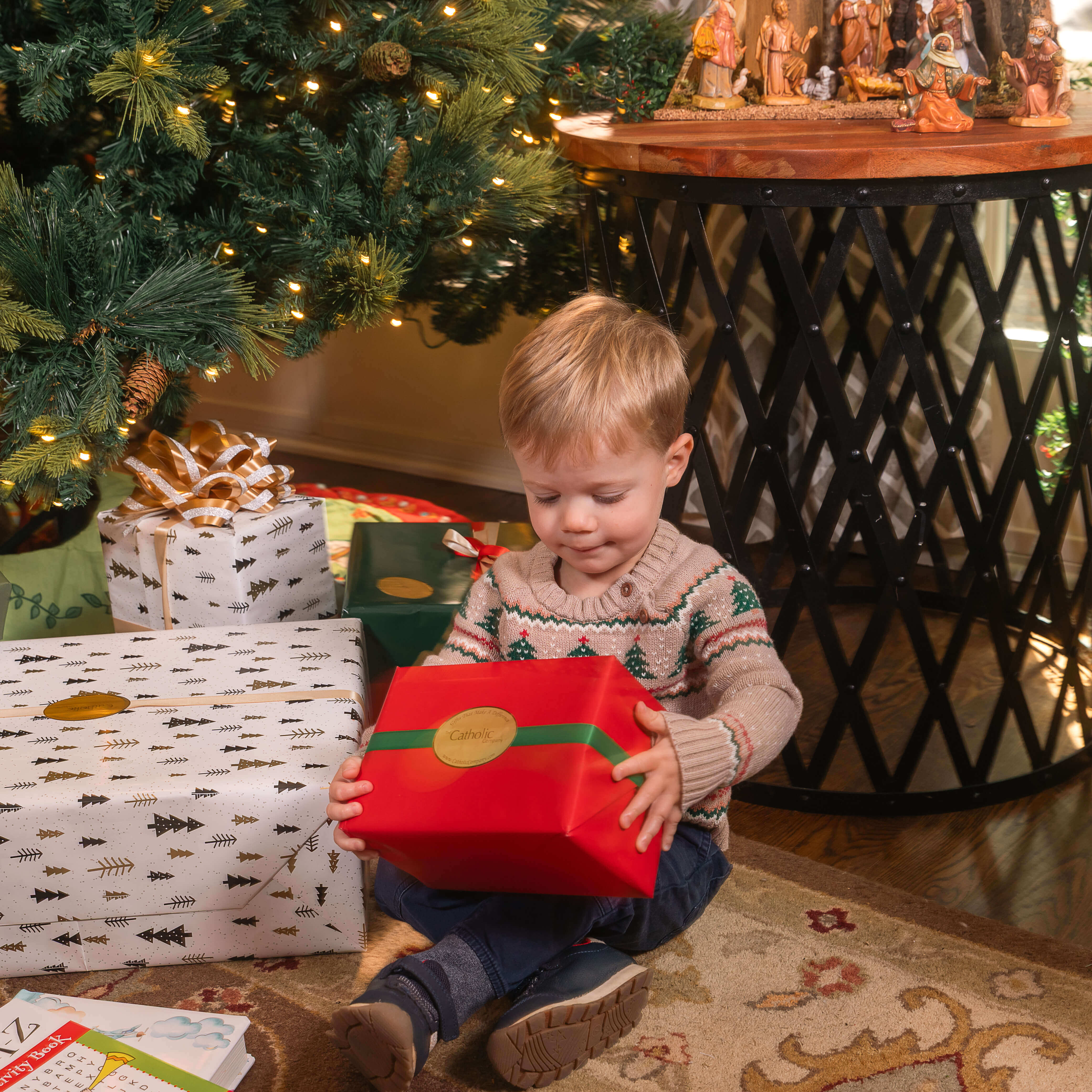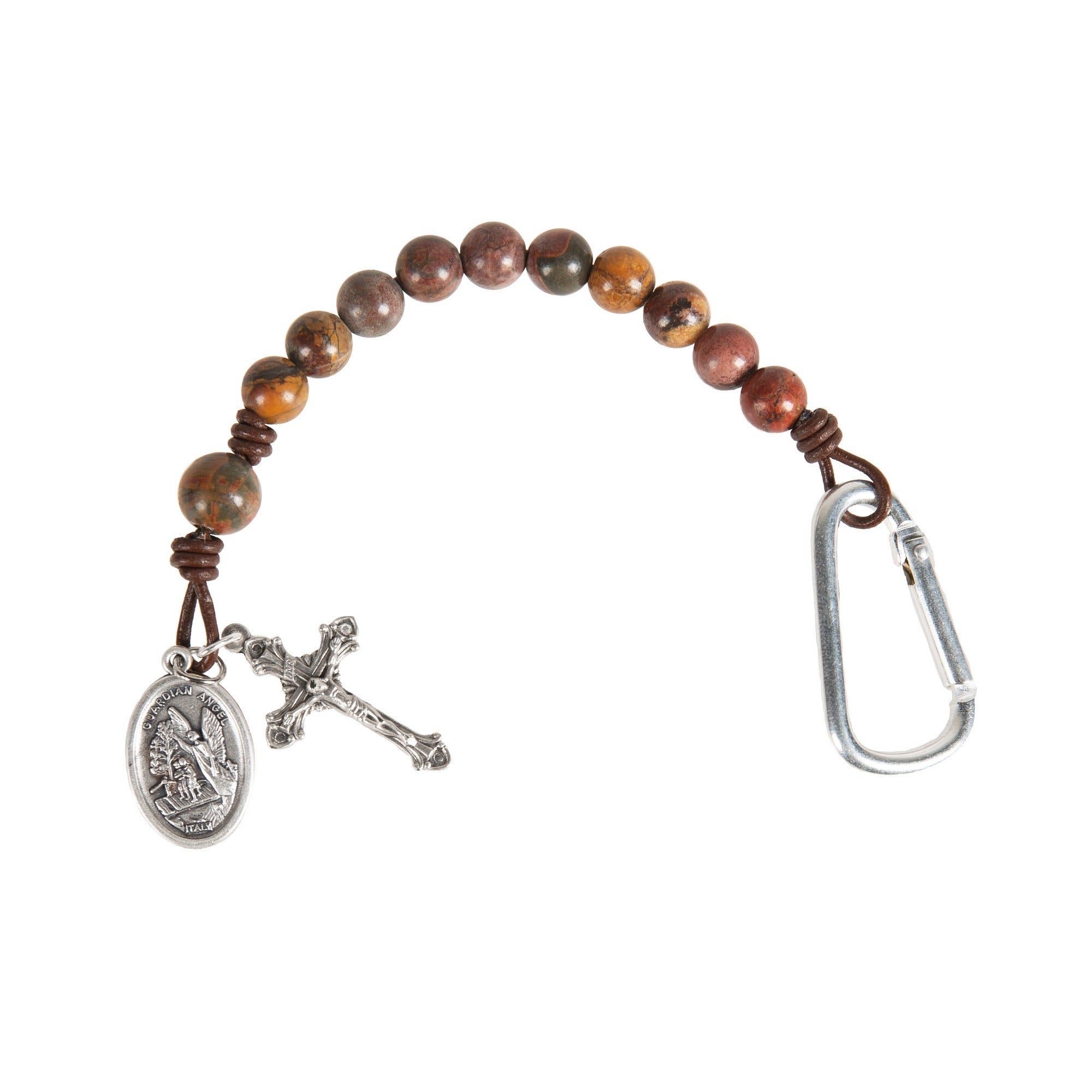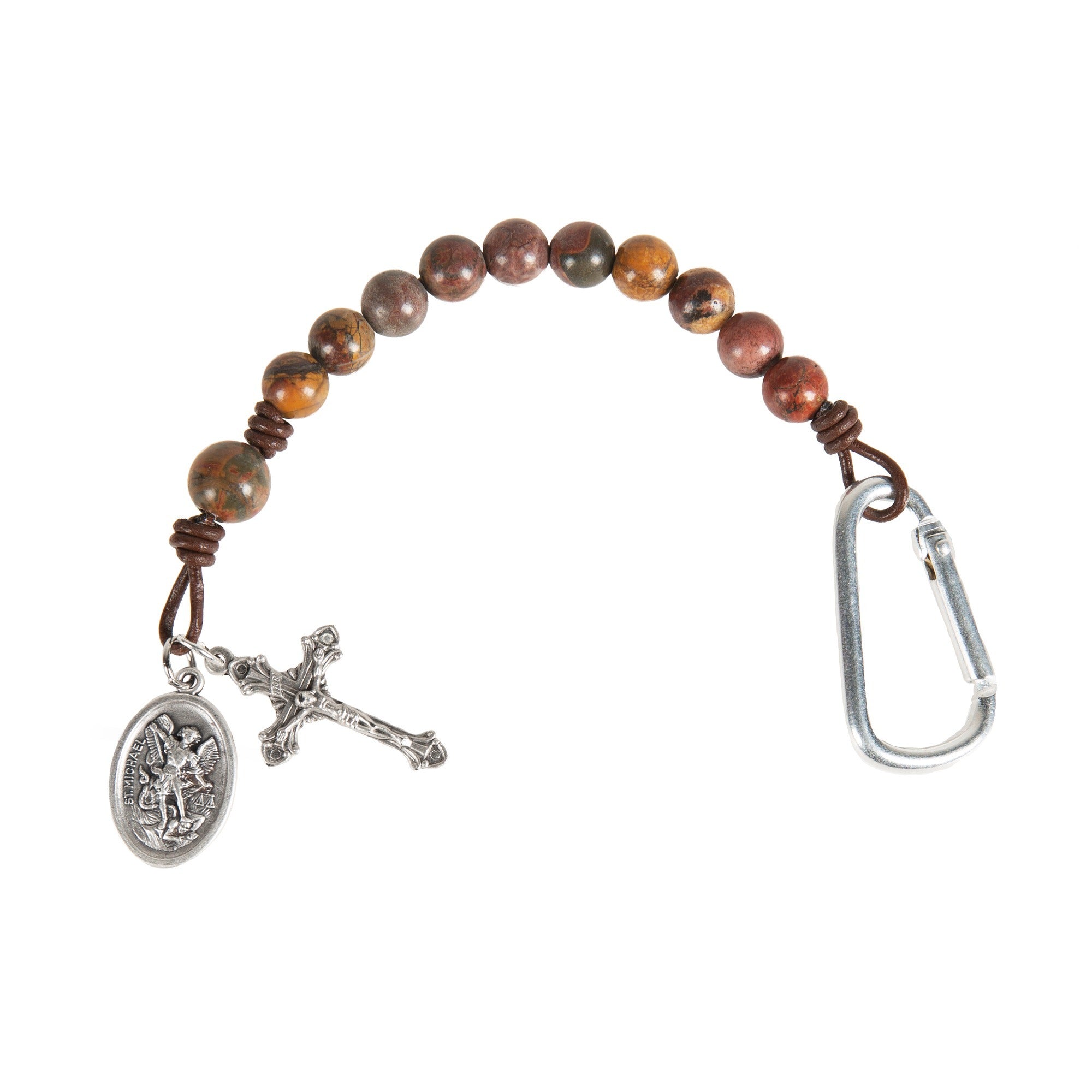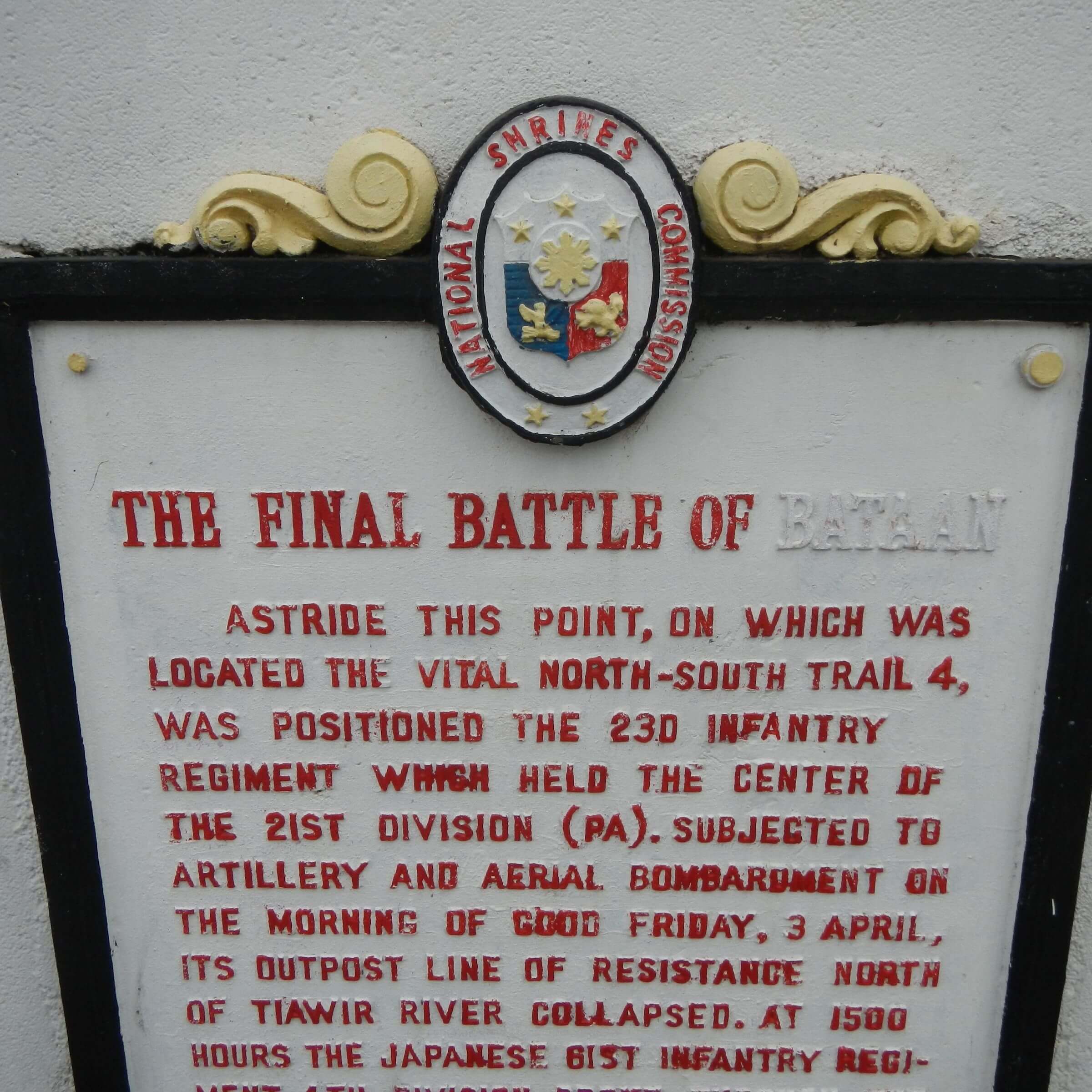If you scroll through the life story of Fr. Albert Braun, OFM, you’ll wonder how such a life could be real—and not just a storyline from a movie!
By the time he died at the age of 93, Fr. Braun had accomplished more than seems possible in one lifetime. His work spanned the globe, from his ministry among the Mescalero Apache in New Mexico to his service as a chaplain in not one but two World Wars.
Born to German immigrant parents in Los Angeles in 1889, John William “Bud” Braun was not the most typical candidate for the priesthood. As a child, he was mischievous, short-tempered, and a bit of a prankster. “I’ve been in trouble all my life,” he would later laugh.
When he turned up at a Franciscan high school preparatory seminary in Santa Barbara, he was accepted. But they told him he was too stubborn to be a priest.
Defying expectations once again, he persevered, professed solemn vows in 1912, and was ordained in 1915. He was assigned to the Mescalero Apache in southern New Mexico, a rugged outpost of 720 square miles with a decaying church.
Though he shared no common language with the people of the reservation, Fr. Braun threw himself into the work. He learned all about the Apache people and ranged from one end of the reservation to the other, often on horseback, accompanied by his native interpreter, Eric. The people loved this enthusiastic, hardworking priest, and as numbers swelled in the little chapel, Fr. Braun set his sights on building a new one.
But that would have to wait. With the U.S. joining World War I in 1917, Fr. Braun volunteered as an Army chaplain. He was sent to France, where he served during the Meuse-Argonne Offensive, the enormous final battle of the war. He insisted on serving the soldiers in the extreme danger of the front lines, and did so with his characteristic courage, receiving both the Purple Heart and Silver Star.
Fr. Braun then returned to the Mescalero. Inspired by the great churches of Europe, he was determined that they should have a beautiful church, too. But his request to replace the dilapidated church was denied.
You’ll never guess what he did next.
He filled the cracks in the deteriorating church with a payload of gunpowder. And then…BOOM.
It worked.
The building was condemned and he received permission to build a new one—but was given no money to do it with. As you’ve probably figured out by now, Fr. Braun was never deterred by challenges. “Insignificant!” was his common response to any obstacle.
With $100 of Army pay in his pocket, he hopped on a train to the other side of the country—Philadelphia!—to meet with architect William Stanton. Inspired by Fr. Albert’s vision, Mr. Stanton drew up plans for the new chapel pro bono.
Then, back on the reservation, Fr. Albert got to work with a team that included Apache volunteers, a friend from California, and Franciscan friars fleeing the religious persecution in Mexico.
Speaking of Mexico, you’ll never guess what he did next. Tune into tomorrow’s Get Fed to find out!
In the meantime, you should probably start packing—because you’ll be ready for an adventure by the time you’re done with Fr. Braun’s story! While you’re organizing your saddlebags, be sure to clip on a St. Michael Brave Beads Tenner Rosary. Handcrafted from fire-and-earth-colored jasper beads and outfitted with a handy carabiner clip, this tenner is designed to go wherever the adventure trail leads. Order yours from The Catholic Company today!


